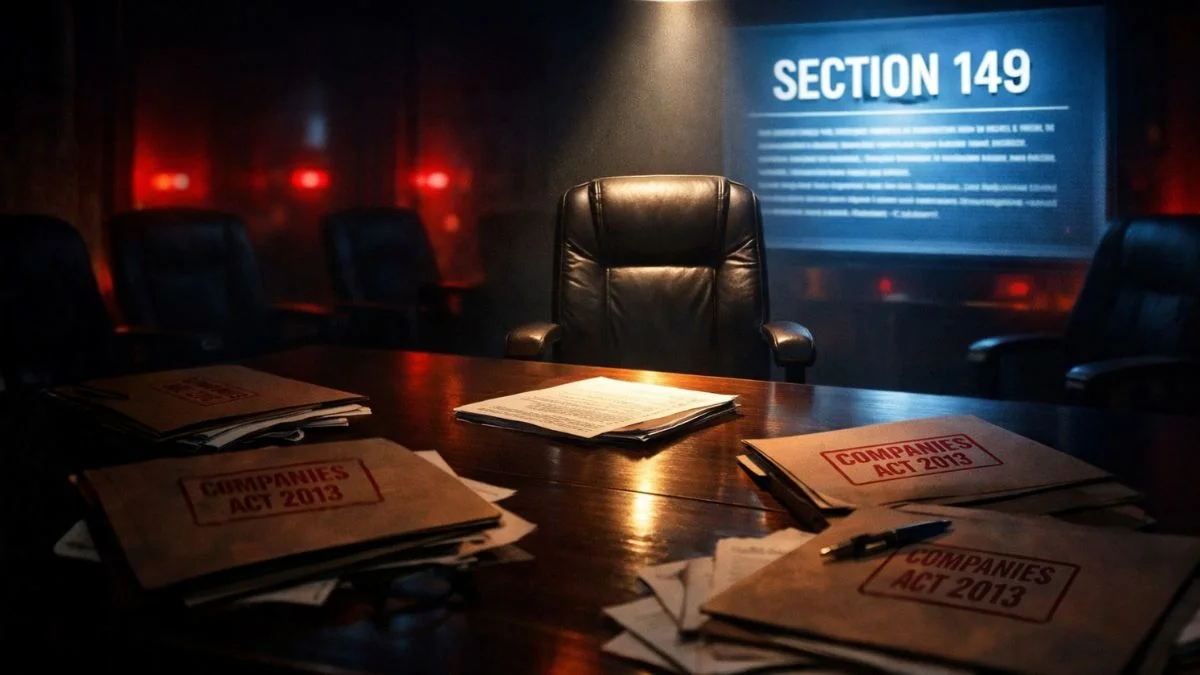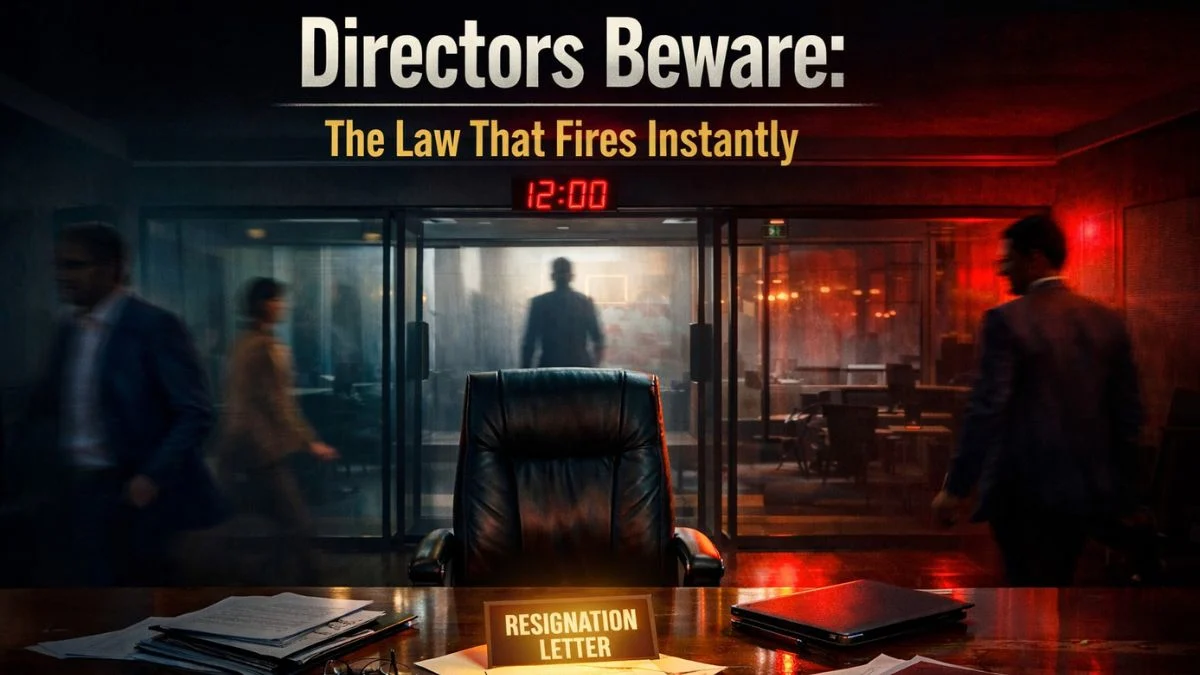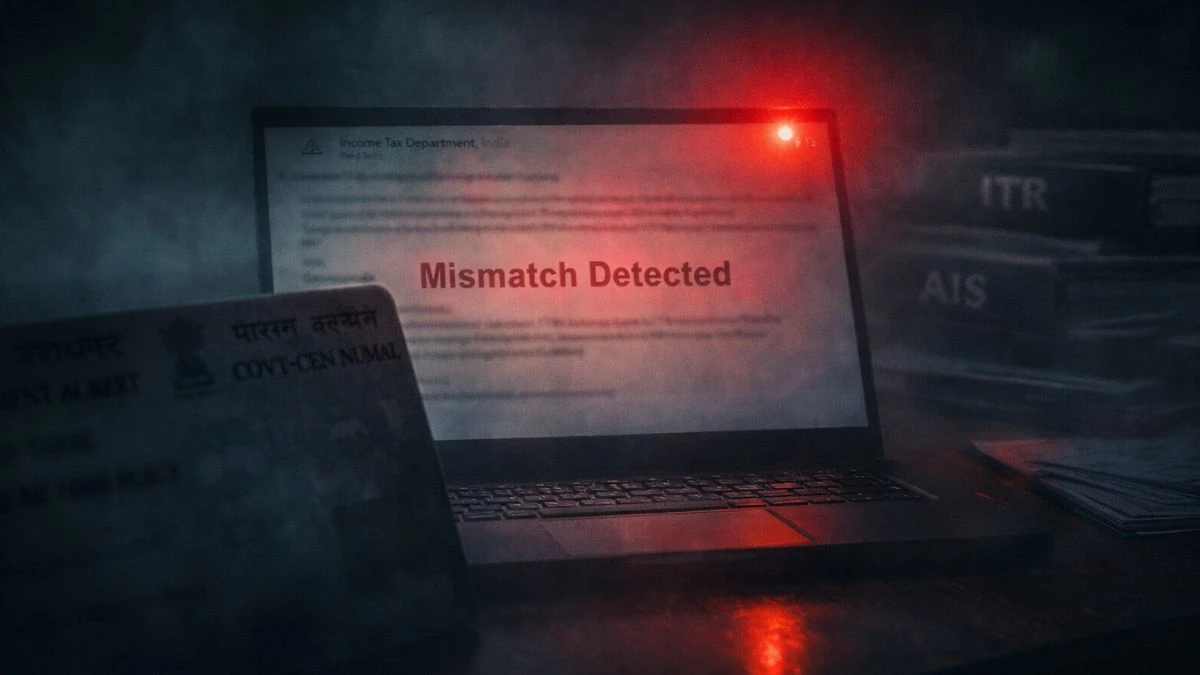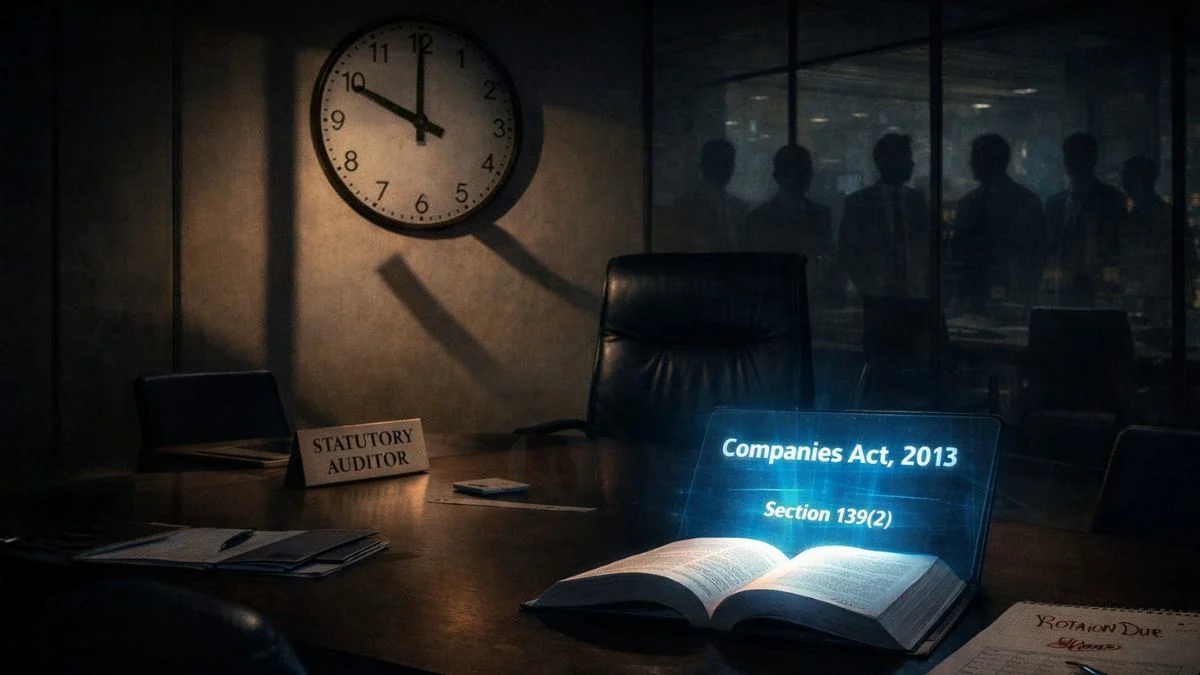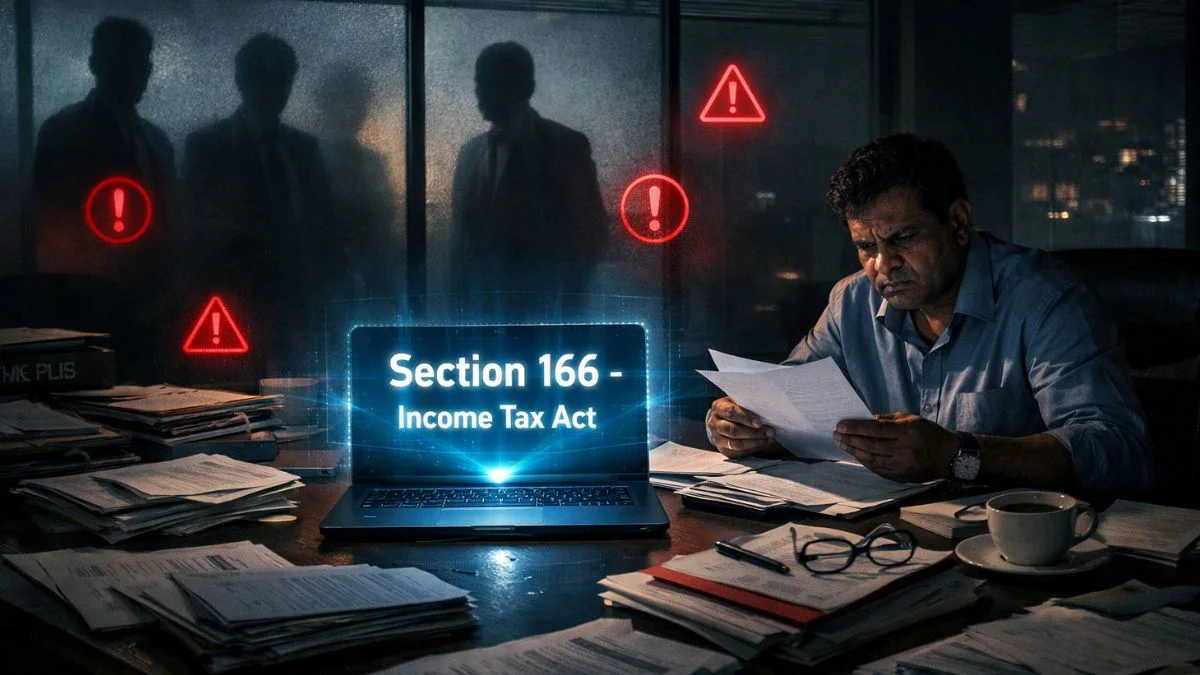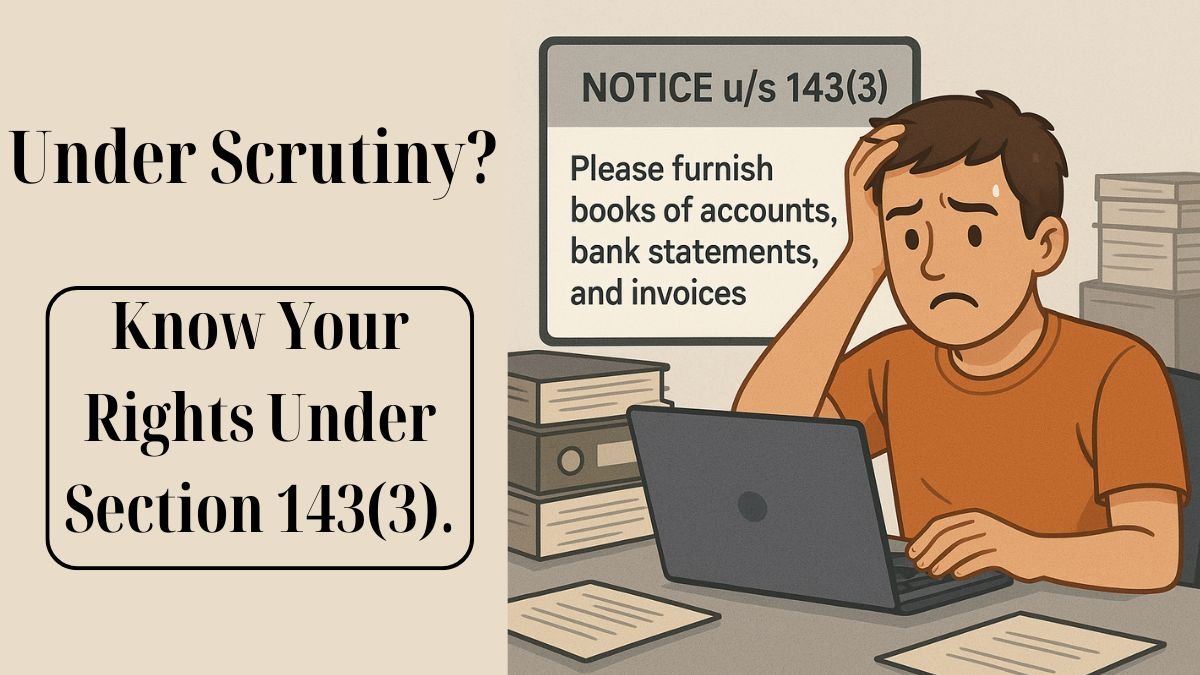
📘 What is Section 143(3) of Income Tax Act?
Let’s say you’ve filed your income tax return (ITR), and everything looks good on your end. But sometime later, you receive a notice from the Income Tax Department asking for supporting documents, explanations, & clarifications. That’s a scrutiny assessment, & it’s done under Section 143(3).
Simply put, Section 143(3) deals with the assessment of an income return, where the department decides to go deeper than just accepting your return as it is.
🔍 Purpose of Scrutiny Assessment
Why does this happen?
Because sometimes, returns raise red flags. Or, the tax department may randomly select cases for verification.
Section 143(3) empowers the income tax department to scrutinise the income tax returns to ensure correctness and compliance.
It involves a detailed examination of a taxpayer’s return, intending to verify:
- The correctness of the income declared
- Validity of deductions claimed
- Accuracy of exemptions applied
- Supporting documentation for transactions
In short, it’s about ensuring there is no understatement of income or overstatement of deductions.
🧾 When and Why Does Section 143(3) Apply?
Once an ITR is filed, it goes through a preliminary check under Section 143(1), which is mostly automated. But if something looks off, or if your case is picked for deeper verification, you may receive a notice under Section 143(2).
This is the starting point for assessment under Section 143(3).
It applies to:
- Salaried individuals with high claims
- Business owners with unusual expenses or low profit ratios
- Traders are showing sudden fluctuations
- HNIs (High Net-worth Individuals) with large capital gains or foreign assets
💡 What Does the Department Do During Scrutiny?
The department involves a detailed examination of the income tax return and supporting documents. They may ask you to:
- Submit bank statements
- Provide TDS certificates
- Clarify high-value transactions
- Justify capital gains exemptions
- Share purchase/sale invoices, property documents, etc.
The tax officer uses this data to make an assessment of the total income or loss of the assessee.
📅 Time Limit for Completion
As per law, the scrutiny assessment under Section 143(3) must be completed within 12 months from the end of the relevant assessment year.
So, if your return for FY 2022–23 (AY 2023–24) is picked for scrutiny, the final order should be passed by March 31, 2025. "
⚖️ Outcome of Section 143(3) Assessment
The outcome could be:
- Acceptance of the return as filed
- Addition to income (higher tax payable)
- Disallowance of deductions or exemptions
- Refund approval (in rare clean cases)
You’ll receive an assessment order explaining the officer’s conclusions & the final tax computation.
📘 Bare Act Language
According to the Income Tax Act:
“Where a return has been made under Section 139, & the Assessing Officer considers it necessary, he may serve on the assessee a notice requiring him to produce such evidence as he may specify and, after hearing such evidence, make an assessment of the total income or loss of the assessee.”
Thus, Section 143(3) deals with the assessment of an income in its truest legal sense. "
🙋 Common Questions
- Can I avoid scrutiny under Section 143(3)?
No one can avoid selection entirely, but filing accurate returns, matching Form 26AS, AIS/TIS data, & avoiding round-tripping helps. - What if I don’t respond to the 143(2) notice?
If you ignore it, the department can make a best judgment assessment under Section 144, which is rarely favourable to the taxpayer. - Can I challenge the 143(3) assessment order?
Yes, you can appeal to the Commissioner of Income Tax (Appeals) if you disagree with the additions made.
📄 Summary Table
|
Criteria |
Details |
|
Section |
|
|
Purpose |
|
|
Trigger |
Suspicious or selected ITRs |
|
Key Action |
Involves a detailed examination of the income tax return |
|
Objective |
Ensure there is no understatement of income |
|
Outcome |
Revised tax computation or acceptance |
|
Completion Time |
Within 12 months from the end of the assessment year |
🧾 Best Practices to Avoid Issues
✔️ Always cross-check AIS/TIS & Form 26AS
✔️ Maintain proper documentation of all transactions
✔️ Report all incomes—including capital gains, FD interest, etc.
✔️ Don’t overclaim deductions without backup
A clean return may not avoid scrutiny, but it ensures a smooth resolution.
📘 Section 143(3) in Hindi (Simplified)
"सेक्शन 143(3) के तहत आयकर विभाग आपकी रिटर्न की पूरी जांच करता है और तय करता है कि आपकी घोषित आय सही है या नहीं। यदि कोई गड़बड़ी पाई जाती है, तो अतिरिक्त कर मांगा जा सकता है।"
✅ Conclusion
If you’ve ever received a notice under Section 143(2), know that it’s not the end of the world. But it’s a serious matter.
Section 143(3) of the Income Tax Act is a tool that empowers the income tax department to scrutinise the income tax returns in detail, make an assessment of the total income or loss of the assessee, and ensure there is no understatement of income.
If handled well and with the right documents, many scrutiny cases close without additional tax demands.
💬 Need help responding to a scrutiny notice or gathering documents?
Get expert support at CallMyCA.com (https://callmyca.com/income-tax-return-assessment) — we simplify the process with professional care.





